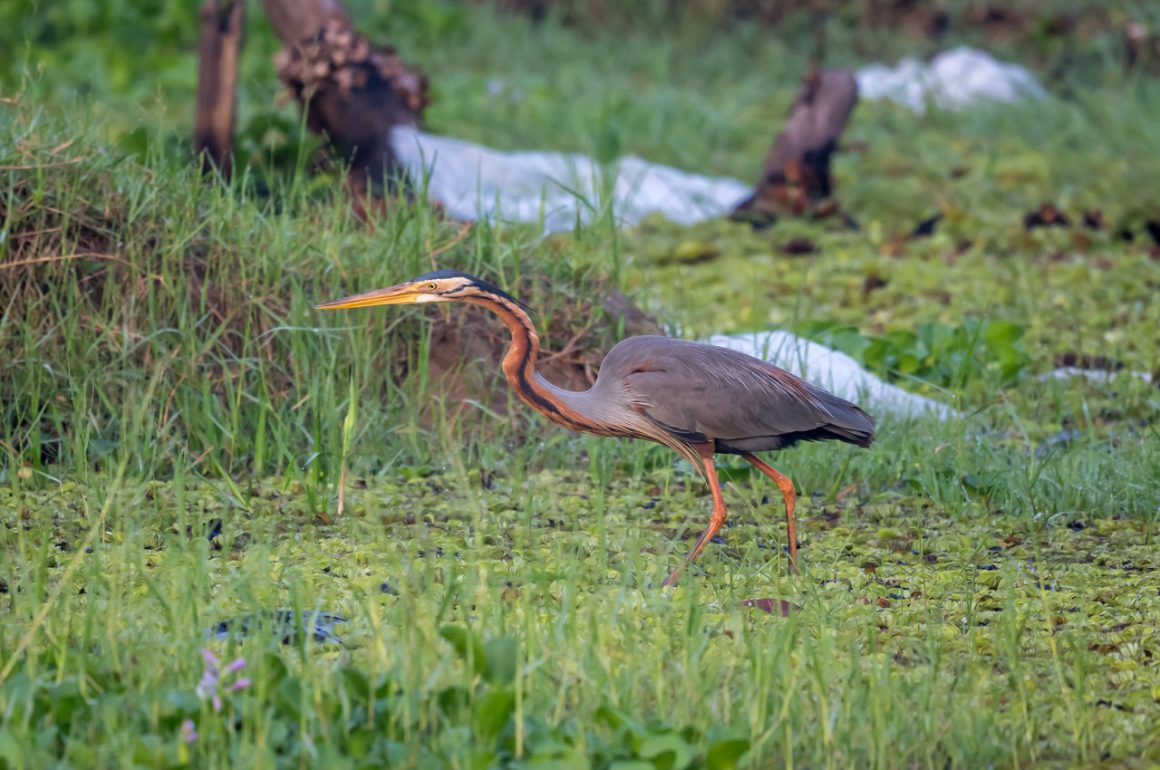
So, no, I did not fly 7 hours from Shanghai to Sri Lanka just to bird for 2 hours. Rather, a two-week birding trip around the island started with some early morning birding in the Colombo area before setting off to the first proper birding location. This is just a warning not to expect too many rarities in this first of several posts on a Sri Lanka trip – there is more to come.
The location: a mixture of tropical beauty and trash heaps that is so strangely common in tropical countries. Beautiful birds sitting next to plastic bags, Indian Pond Herons posing on floating garbage islands.
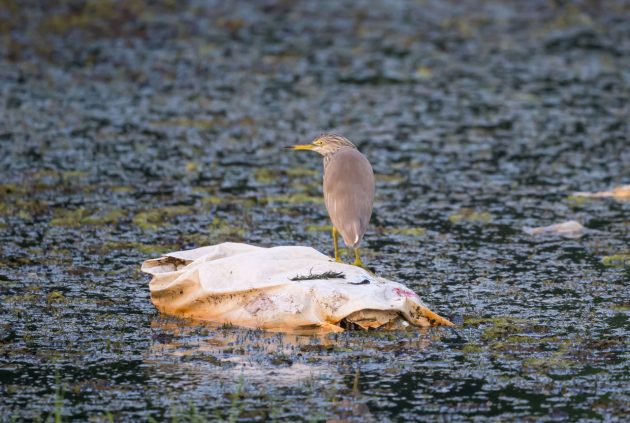
The huge trash piles in the background of this Purple Heron are mercifully blurred.
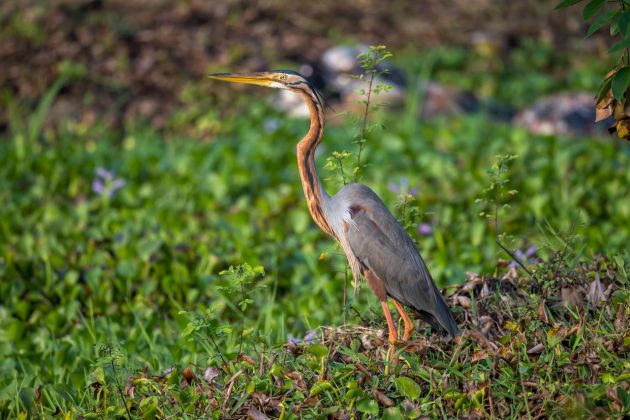
Ardea intermedia could be a good name for a somewhat secretive, maybe even slightly shady company in the advertising or media business – possibly owned by private equity. Instead, it is the scientific name of the Intermediate Egret, also seen here.
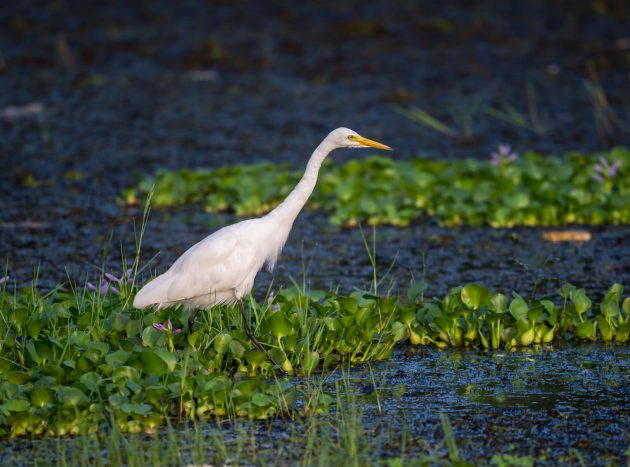
The final representative of this bird family was a Yellow Bittern. Though closely related to herons and egrets, bitterns are more secretive and stockier, and they prefer staying hidden rather than standing openly like herons and egrets.
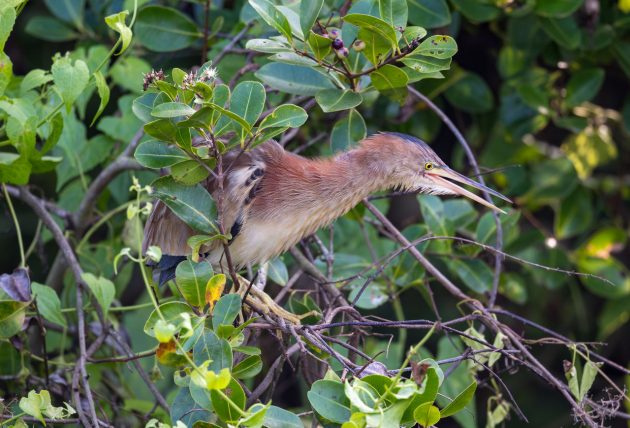
Except for the Indian Pond Heron (which I think is less attractive than the Chinese Pond Heron), I could have seen all these four birds described so far in Shanghai. But: They would all have been much shier. Overall, as birds are not hunted in Sri Lanka (apparently a side effect of Buddhism), they are generally fairly approachable – a big plus when birding in this country.
This makes getting decent views and photos of common birds much easier and the birding more pleasant. To illustrate this point, here are photos of three species all starting with the word “common”, all seen at this spot:
Common Iora …
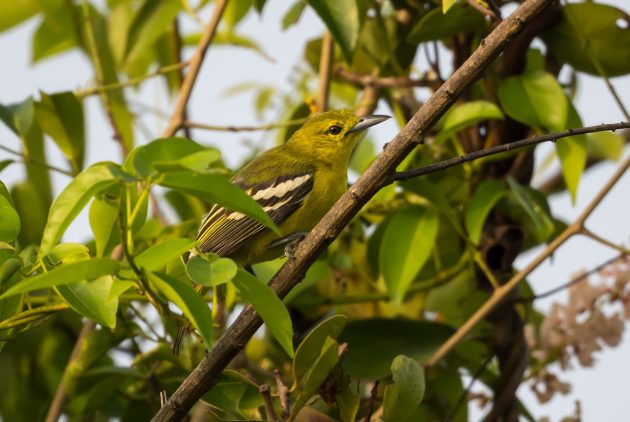
… Common Kingfisher …
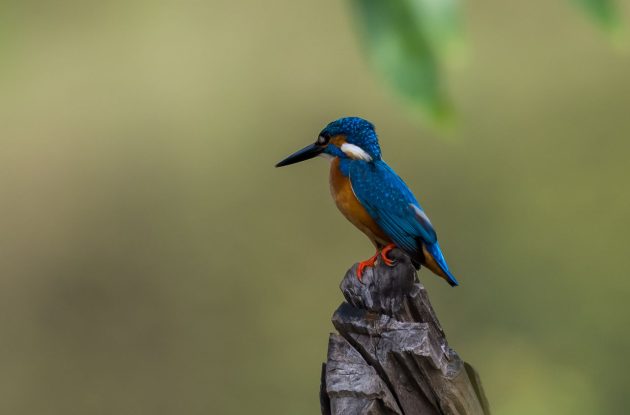
… and Common Myna.
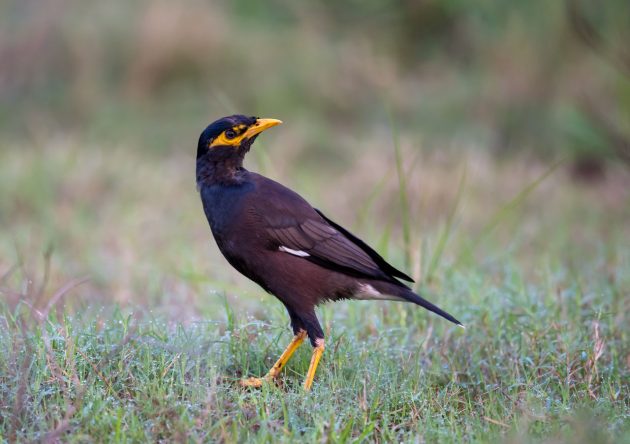
Then, there were a few species that are common without making this property part of their name.
Like the White-browed Bulbul. In 1932, researchers analyzing the species of parts of India reported that “…there is hardly a patch of 10 square yards without a White-browed Bulbul in it, generally in the heart of the bushes” (quote from HBW). Maybe it is this ubiquity that also gives the HBW description of the species a slightly contemptuous note: “A dingy olive, unkempt, bulky, relatively inconspicuous bulbul” (which partly sounds more like the description of a cybertruck than that of a handsome bird).
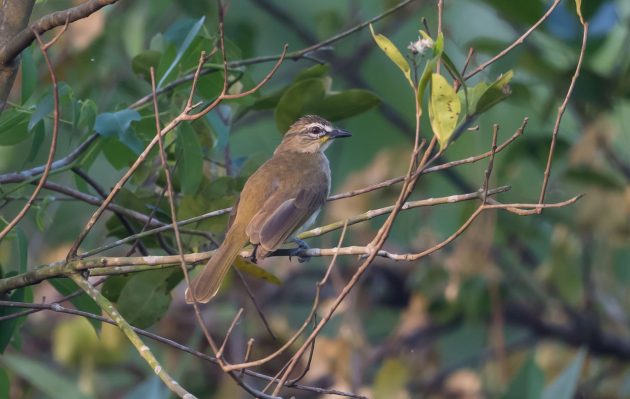
Interestingly (?), the scientific name Pycnonotus luteolus refers to the yellow bits at the chin of the bird.
Or the Little Cormorant, one of the three cormorant species almost daily seen in Sri Lanka.
That species must dislike humans much more than rivers – a study in Bangladesh found that the nesting colonies of the Little Cormorant were mainly destroyed by humans (92.9%) and only to a small extent by river erosion (7.1%).
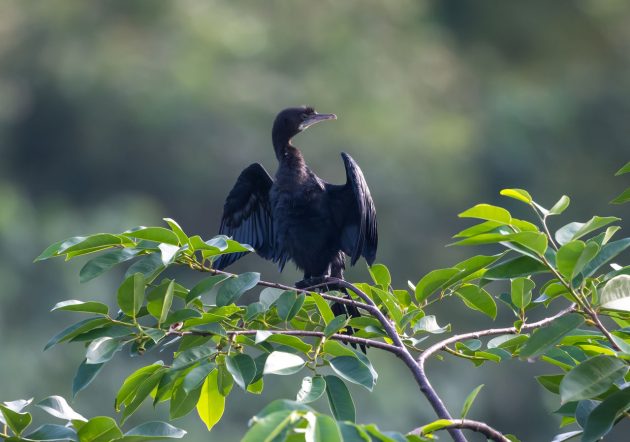
The Yellow-billed Babbler is a species I would like to learn more about. The HBW describes them as gregarious and highly social, and indeed, they seem to constantly chatter to each other – if there is any truth in reincarnation, I need to make sure to collect enough good karma not to be reborn as one of them.
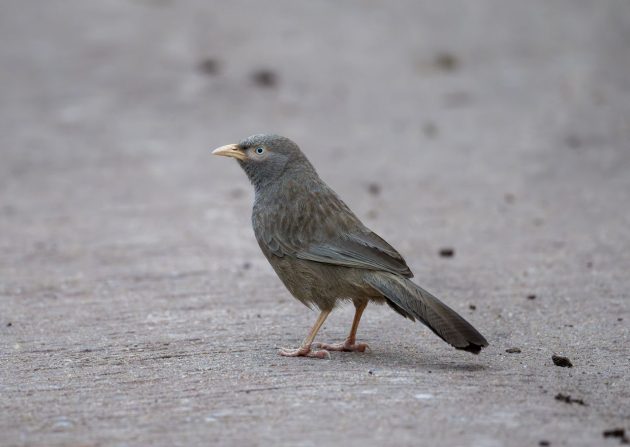
While I am not a great fan of prinias in general, it seems to me that the Ashy Prinia somewhat undersells itself with this name. Then again, the scientific name Prinia socialis makes me worry the bird might want to strike up a lengthy conversation with me about nothing in particular.
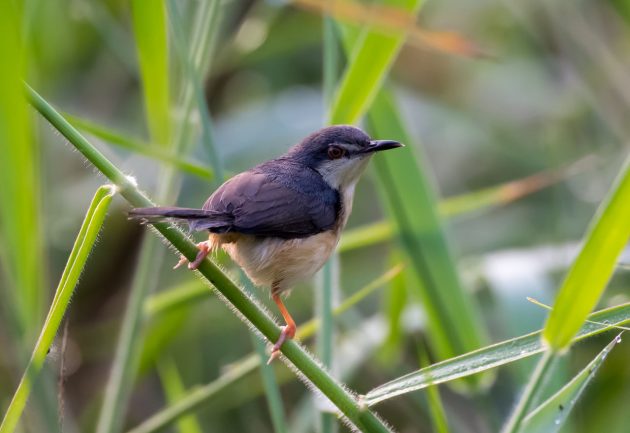
A nearby male Asian Koel did a lot of talking (the typical ko-el call) but did not expect me to reply in any way.
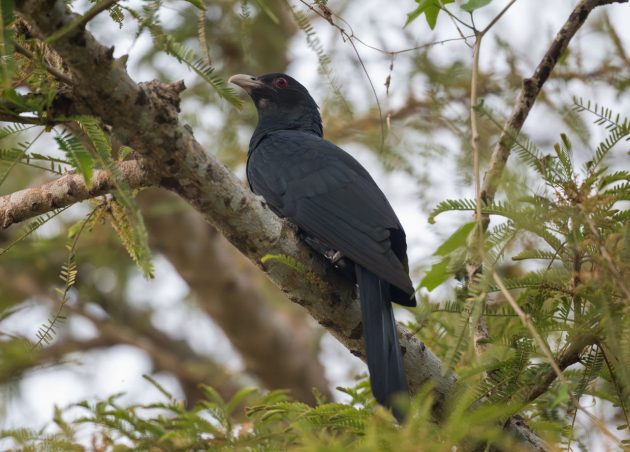
At first glance, I misread its scientific name Eudynamys scolopaceus as “sociopath” – not too far-fetched given that this is a brood parasite. However, scolopaceus just means “snipe-like”.
The Greater Coucal can sometimes be seen wearing a T-Shirt saying “I am not a brood parasite” – correct, and important to point out as the species is also in the cuckoo family. The scientific name Centropus sinensis indicates that I would not have needed to leave China to see this bird – but it is actually more common in some other countries such as India and Thailand.
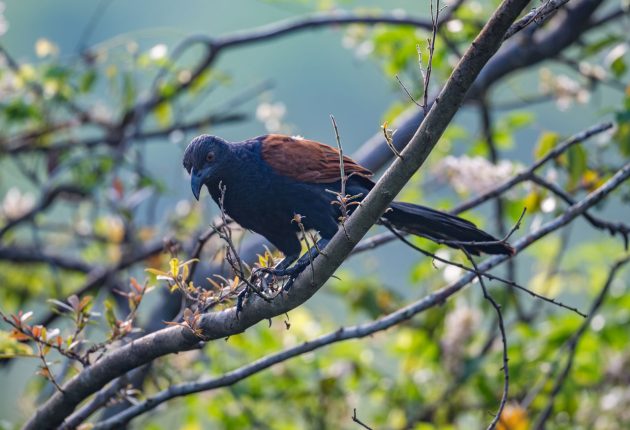
The person who gave the scientific name to the Black-hooded Oriole had a great idea – why not focus on the main characteristic of the species? So, Oriolus xanthornus highlights that the bird is yellow (xanthos yellow; ornis bird). Makes the distinction from the other orioles so much easier.
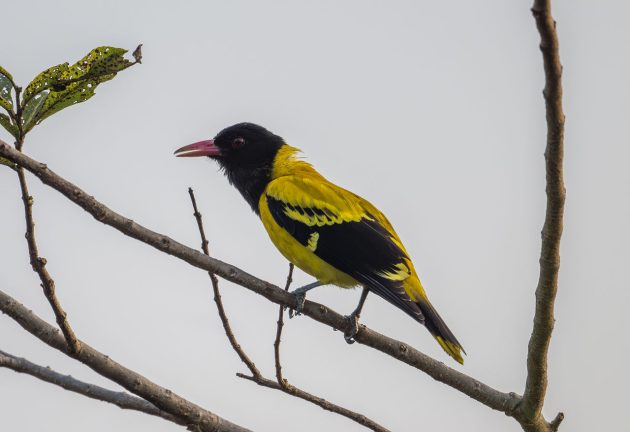
A recent paper looked at vocalizations of this oriole and found two distinct variants of song – one more frequent and used by males, another one less frequent and used by females. That is the kind of woke research that will probably not be tolerated in the US much longer.
The Indian Paradise Flycatcher looks cute and friendly, but its scientific name Terpsiphone paradisi says something entirely different. terpsi means “delighting in” while phonos means “murder”. The explanation for this name is still a bit puzzling – in the original German, it is “von ihrem schnellen, muntern Jagem nach Insekten und ihrem fröhlichen Wesen” (Gloger 1827 according to the HBW), which translates as “from their quick, lively hunt for insects and their cheerful nature”.
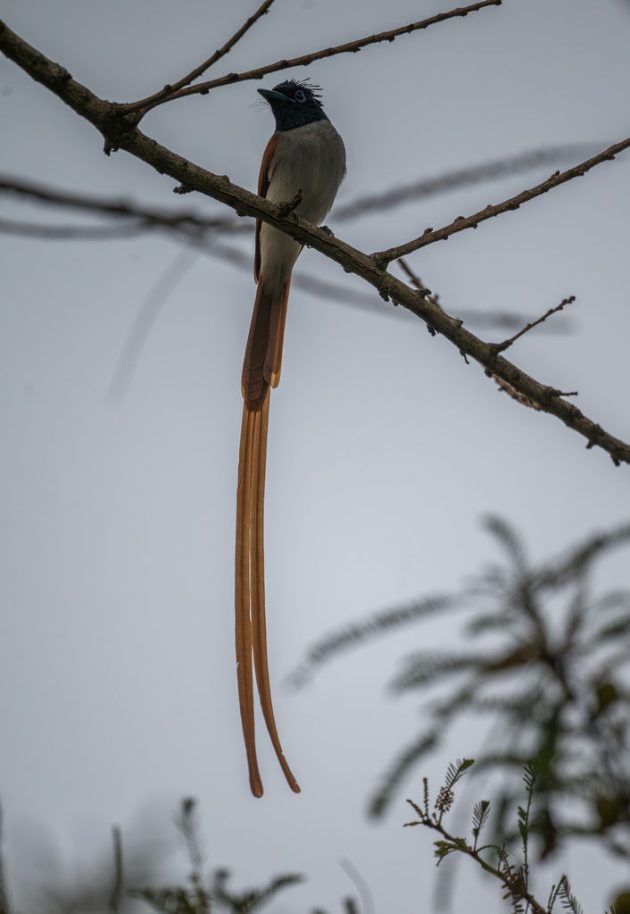
If you look for research on the Rose-ringed Parakeet online, most of it seems to be on it as an invasive species in places such as the UK, which seems like a strange focus. I guess doing research while not having to move away from the London music scene has its attractions. I will write more about this species in future Sri Lanka posts as I have better photos as well – but this was the very first species photographed on this trip, so it deserves to be included.
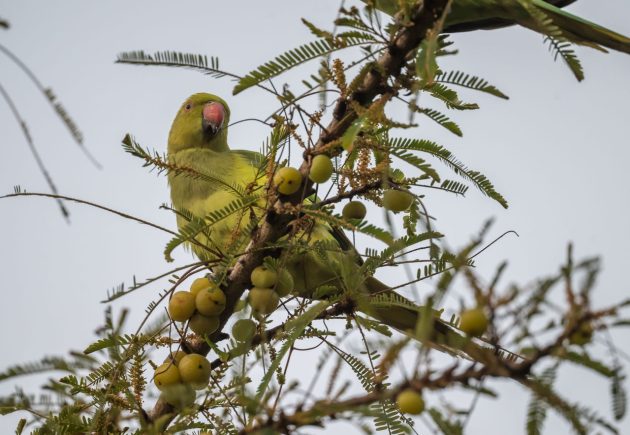
If you are a bit underwhelmed by the birds shown in this post, I recommend you take a look at Luca’s favorite Sri Lanka birds … or wait until more of my posts on the country are published.

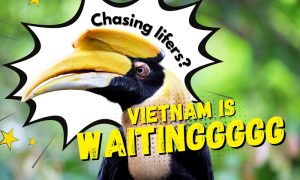

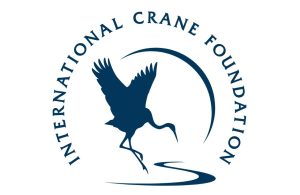
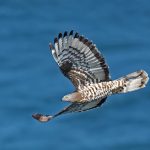
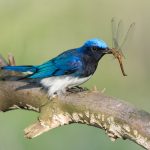

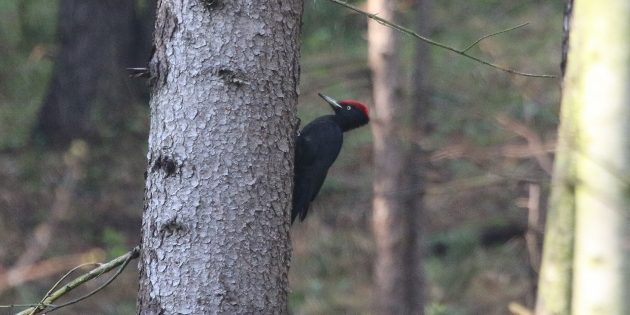
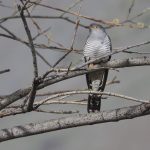
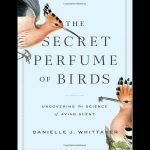
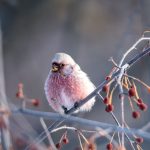
Hi Kai. For the Paradise flycatcher name while “phonos” refers to murder, the suffix “phon” means “speak” (like telephone). I expect that is where Terpsiphone comes from
Thanks, Alan! I just quoted this from the HBW – they say “phonos murder (cf. phon voice)”. To me that seems to imply that “murder” is involved somehow, though the bit about the voice is also right … Confusing.
So the flycatcher delights either in murder or in talking? A bit like the serial killer in “Dexter” who just wouldn’t shut up?